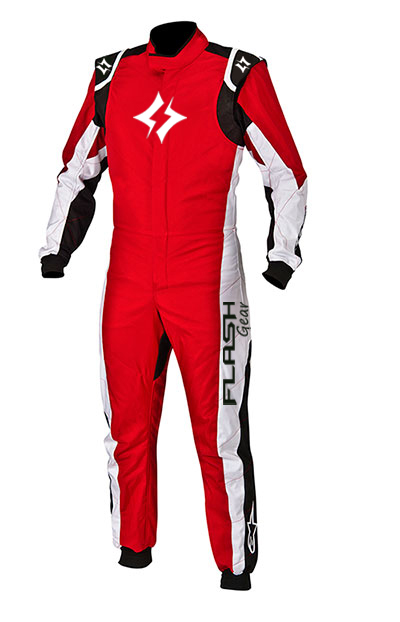When you’re shopping for a racing suit, it can be tough to know what size to buy. Athletic clothing is notoriously sized off the body, but racing suits are a little different. What follows is a guide on how racing suits are sized and what to do if you don’t fit into a standard size.
The Basics of Racing Suits
- What is a racing suit?
A racing suit is a type of clothing worn by competitors in races. It is designed to protect the body from the heat and sweat generated during competition, as well as from debris and other hazards. racing suit are typically made from lightweight materials, such as Kevlar, Nylon, and Carbon Fiber, which allow them to be flexible yet durable. They are also often fitted specifically for each individual competitor, in order to provide an optimal fit.
- How are racing suits sized?
Racing suits are typically sized according to a specific standard called “FITTING” or “UNIFIT”. FITTING is an international trade association that establishes uniform sizing criteria for clothing products. The UNIFIT standard provides dimensions for the body regions that should be given careful consideration when designing a racing suit: the chest, shoulders, waist, hips and thighs.
- Why is it important to size your race suit correctly?
The correct size of a racing suit ensures that it fits properly and provides maximum protection against heat and sweat loss. If your racing suit is too large or too small, you will likely experience akitextiles excessive heat production and fatigue during competition. In addition, incorrect sizing can lead to skin tears or punctures due to sharp objects or ropes caught in the fabric. Finally, an ill-fitted racing suit can interfere with your movement during competition, limiting your ability to perform at your best.
- How can I
Types of Racing Suits
There are a few different types of racing suits and each one is sized differently.
One type of racing suit is called a “shoe” suit. This type of suit is made to fit closely around your feet and ankles, so you don’t have to worry about them slipping off during the race.
Another type of racing suit is called a “boot” suit. This type of suit is made to fit closely around your legs and hips, so you don’t have to worry about them slipping off during the race.
SometimesRace suits will have both a boot and a shoe style, depending on the track you are competing on.
Finally, there is a type of racing suit that is not fitted tightly around any part of your body. This type of racing suit is usually called “semi-formal” or “athletic” clothing, and it can be worn at any time without having to change into something different for the race.
How to Measure Your Body for a Perfect Fit
One of the most important factors when choosing a racing suit is finding the right fit. To find your perfect racing suit size, follow these simple steps:
Measure your waist, hips and bust using a tape measure. Add 2-3 inches to each number for a total measurement. Write down this information so you can refer to it later.
To determine your racing suit size, compare your measurements to the charts below. Each race series has different fit guidelines, so consult the corresponding governing body’s website or rulebook for specific sizing advice.
Generally speaking, you want to order one size smaller than what you measured in step 1. For example, if you measured 40″ around your waist, then you would order a 38″ racing suit. If you are between sizes or have extra room in the torso or arms, go with the larger size.
Once you have selected a race suit size, it is important to take into account fabric and construction materials. Racing suits are made from breathable fabrics and are designed to be lightweight and quick-drying; however, they must also be durable enough to withstand repeated stretching and compression during races. Choose a race suit material that will complement your body type and endurance goals – for example, polyester suits are Durable but may feel heavy in summer weather while spandex suits are more moisture-wicking but may not provide as much padding under impact.
As with all clothing purchases,
Sizing Racing Suits
The sizing of racing suits is based on several factors including body type, muscle mass and height. Race car drivers typically have more muscle mass and are taller than the average person, so their racing suits need to be sized larger. To determine your size, measure your chest, waist and hips. Use these measurements to find the corresponding size range in the chart below.
Size Range Chest Waist Hips X-Small 32-34 inches 28 inches 24 inches Small 34-36 inches 30 inches 26 inches Medium 36-38 inches 32 inches 28 inches Large 38-40 inches 34 inch 30 inch X-Large 40-42 inch 36 inch 32 inch
Conclusion
If you’re ever in doubt about the size of a race suit, don’t hesitate to contact your riding school or tailor. They will be able to help you determine what size best fits you and your horse.






